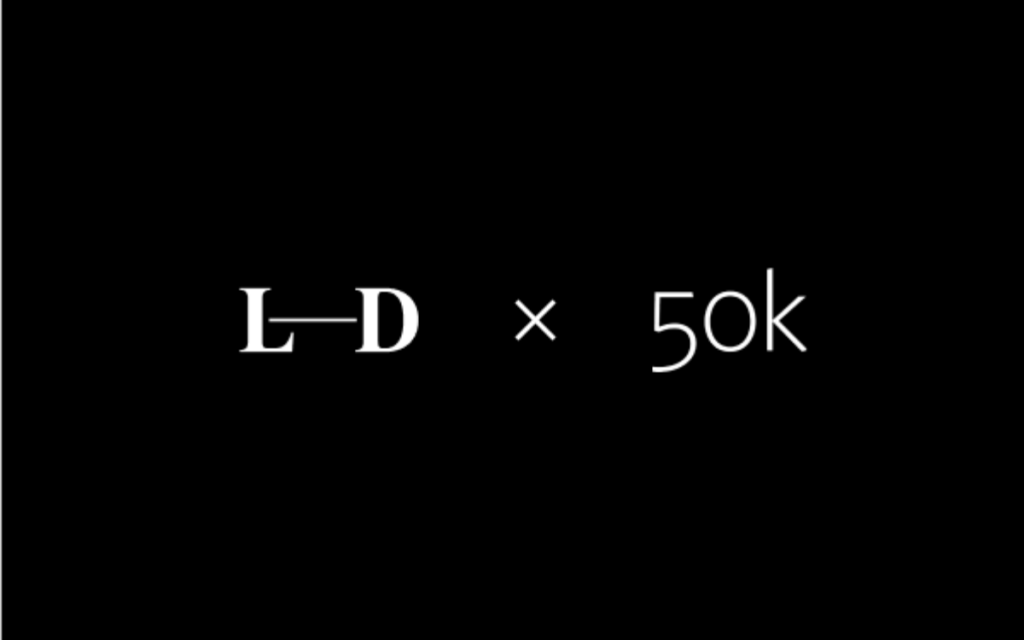Think Small to Go Big
Why micro-disruptions need to be a part of your business strategy
Kate Watts is CEO of Long Dash. She formerly founded Faire Design and held the role of president, U.S. at the global agency Huge.
In the mid 2000’s, I had just joined one of the original user-centric digital agencies at a time when usability research was becoming a key driver of digital product strategy. One of our clients was an airline that had a hunch their website could be working harder for them. Like all airlines then, much of their website was a hodgepodge of promotional modules shouting messages like “$99 to fly to Orlando” or “Build up points with a free offer!” It was no more than a billboard.
Our team observed users’ experience with the site, studied user behavior, motivations, and needs related to the travel booking experience, and listened to hours of call-center calls. They found customers were routinely frustrated by having to wade through promotions and click deep into the site to book a flight or have to pick up the phone.
We proposed a simple, but elegant fix: moving the booking engine up to the homepage. This airline was one of the first to make this simple shift that heralded a wave of redesigns across the entire travel industry. The simple act of moving the booking engine to the home page propelled travel, and adjacent industries like hospitality, into the digital age.
I have shared this story many times over the years to illustrate the value of a micro-disruption—a deceptively small change to institutional processes, products, or services that have outsized and long-term implications. The beauty of a micro-disruption is that businesses do not need to overhaul their entire business model to address the nascent, disruptive, and long-lasting shifts in consumer behavior. They simply need to build on compelling consumer insights and integrate with already existing systems and products.
In 2017, American Express launched their “Pay it, Plan It” feature, which allowed customers to break up large payments into interest-free installments for a nominal fee. The idea was formed after conducting national consumer interviews with young professionals who shared that they wanted more flexibility in making big purchases and the ability to build credit without falling into debt. Unlike emerging Buy-Now-Pay-Later fintech companies at the time, their plan was interest-free and prevented customers from accruing fees that were typically higher than credit card interest fees. Despite a highly regulated industry, the plan was simple enough to launch in just 30 days. This feature led to $4 billion in growth for the company and required many fintech disruptors to follow suit to stay competitive.
Of late, we are seeing massive opportunities for micro-disruptions arise across industries—especially in the wake of COVID-19, as businesses distinguish between temporary pandemic-driven changes in consumer behavior from ones that will endure. Brick- and-mortar stores, for example, quickly pivoted into fulfillment centers for curbside and online orders. Remote work SaaS products have begun to invest heavily in enterprise UX. And, audio platforms are exploring spatial audio technology to expand upon context and ambiance. Businesses are now digging into their data to find unexpected opportunities with a new digital-only audience.
How then do companies find their micro-disruption?
1. They learn to move fast.
Time is one of the most valuable commodities for consumers and businesses, so it follows that success should be measured not just in terms of sales or problems solved, but also in terms of time saved. Micro-disruptions save time, reduce friction, and create efficiencies for both customers and businesses—like the airline booking-engine example. Timeliness here should not be synonymous with loss of excellence. The key is to select experiments and implementations that are small-scale and well-resourced so that quality solutions can be put into the market quickly.
Change through this type of experimentation is relatively low-cost, can provide quick data, and offers potentially massive return in short order. Rather than going all in on a few big experiments and waiting for results, micro-disruptions allow you to lightly invest in an array of ideas without affecting near-term business goals and operations. This is especially effective in the digital space. One only has to A/B test call-to-action buttons, product order, or banner images to get fast findings on an online shop.
Sign up for OnBrand
Our weekly digest featuring ideas on the future of brand.
2. They make data a hallmark of their culture.
Unlocking micro-disruptions require access to user feedback across the business. This can come in the form of customer feedback surveys, call center/chat bot data, conversion data, ethnographic observation, usability testing, listening labs, and any number of others. Access to rich customer data allows brands to accurately identify pitfalls in the user experience. More so, it promotes a culture where customer data is readily available across teams and viewed as the driving force for innovation.
3. They form micro-disruption teams—or MDTs for short.
MDTs are super lean, multifunctional teams empowered by leadership to take decisive action. A single MDT could, for instance, include a designer, marketer, researcher, and product manager who are empowered to test their micro-disruption without bottlenecks. Their objectives are:
- Identify consumer challenges through user data—in particular, rapid, small sample qualitative research can unlock powerful insights
- Concept low-lift changes that will have high impact
- Implement with laser focus – resist the desire to go bigger
- Analyze results and iterate
These MDTs, when made a leadership priority, not only create lasting implications for your entire business with modest investment, but also advance a collaborative culture. Rather than problem-solving in silos, micro-disruptions look for the small fixes amid the entire digital experience. Doing this requires collaboration to identify a user experience soft spot, and access to the teams and departments across the company responsible for that element of the user experience—including everyone from IT to product and marketing.
This mix ensures diversity of perspectives and functional expertise will collaborate across departments. It reinforces a culture in which strong leaders do not shy away from competing views and opinions—they feed off of divergent views to gain a more comprehensive and accurate picture of their environment.
Micro-disruptions are the surest way to teach you about your customer and stay ahead of the curve.
The fuel behind micro-disruptions is constant engagement with customer feedback. It requires a constant awareness of who you are building for and an acute awareness of what your metrics of success are. Micro-disruptions capitalize on under-appreciated, shifting, or new consumer behaviors in a way that rapidly builds market share. Much of the success of your business hinges on the ability to correctly identify the small shifts in consumer behavior that are game changing, not fleeting.
What are some examples of micro disruptions at your companies and organizations? Write to us and share your thoughts at kate@atlantic57.com.





